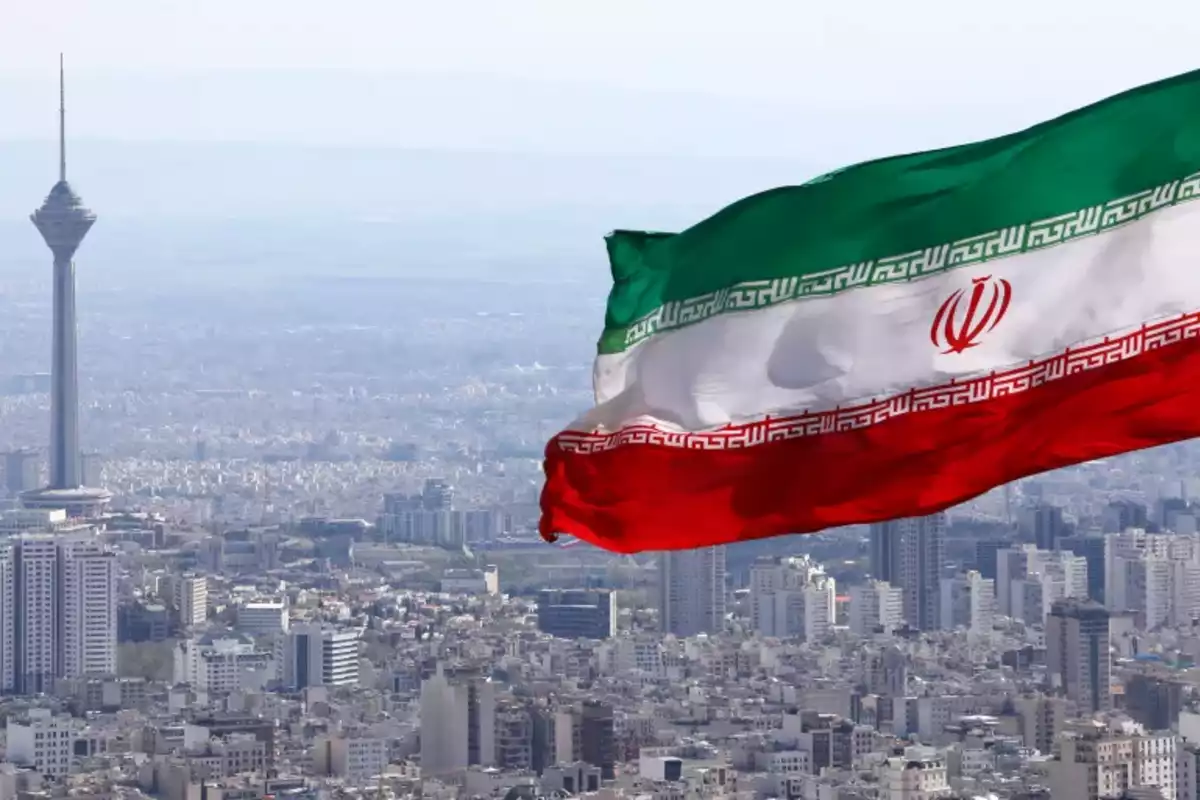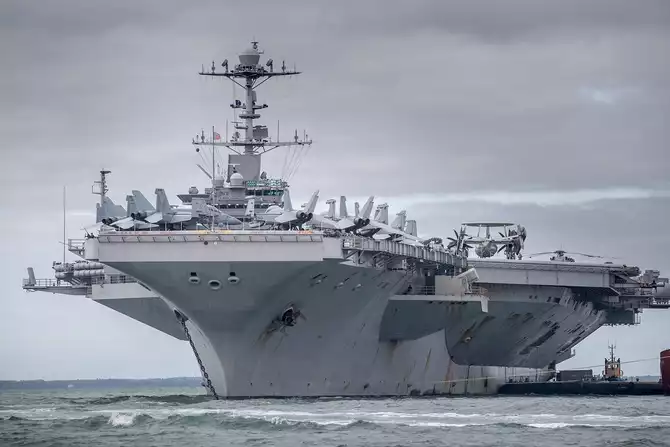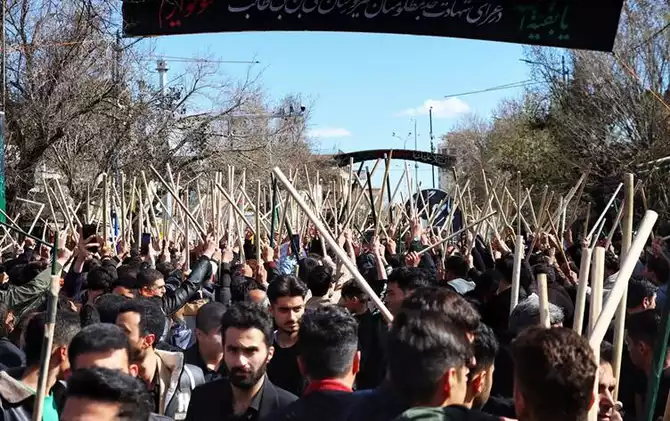
Photo: Al Jazeera
The year 2025 began for the Islamic Republic of Iran amid mounting external and internal challenges. Along its borders, the country is facing increasing pressure from regional and global powers. The geopolitical environment is becoming increasingly tense, and Iran-traditionally a key player in Middle Eastern politics-is now compelled to adapt to shifting dynamics.
At the same time, domestic challenges are intensifying, particularly regarding the rights of ethnic and religious minorities. Issues of cultural identity, language policy, and economic equity have become central topics of public discourse. Ongoing economic difficulties, exacerbated by international sanctions and internal structural problems, have fueled social discontent, leading to widespread protests in various regions.

Photo: Getty Images
The United States continues to bolster its military presence in the region. The carrier strike group led by the USS Harry S. Truman is already operating in the area, and it will soon be joined by the USS Carl Vinson. These developments are accompanied by increased reconnaissance activity, including flights by RC-135 and P-8 Poseidon aircraft as well as RQ-4 Global Hawk high-altitude surveillance drones. Their operations are focused not only on Yemen but also on neighboring countries, including Iran. U.S. Presidential Envoy Stephen Whitkoff told Fox News: “We don’t have to resolve every issue through military means, but that doesn’t mean we won’t take military action if we are pushed to a certain line. Under the right circumstances, we will.”
Against this backdrop, mass demonstrations erupted in Urmia, the administrative center of Iran’s West Azerbaijan Province. The protests were driven by a combination of concerns, including fears over land redistribution and limitations in cultural and educational rights. In Urmia-where ethnic Azerbaijanis comprise around 80% of the population-residents took to the streets demanding enforcement of constitutional rights, equality, and respect for the historical identity of the region.

Demonstrations in Urmia, the administrative center of Iran’s West Azerbaijan Province on March 22, 2025. Photo: Mehr news agency
Urmia is one of Iran’s most ancient cities, with a history spanning over three millennia, and it holds deep cultural significance for Azerbaijanis. Local activists emphasized that their demands include not only linguistic and cultural rights but also access to education, political participation, and protection of regional identity. Protest slogans highlighted public concern over a perceived attempt to alter the region’s demographic balance and marginalize the Azerbaijani population.
According to demonstrators, tensions escalated during Nowruz celebrations. This year, local authorities reportedly denied Azerbaijani cultural organizations permission to hold traditional festivities, while granting such permission to other groups, including the Kurdish community. Some slogans voiced during those gatherings were perceived as provocative, including claims that “Urmia is a Kurdish city,” which sparked alarm among Azerbaijanis and were seen as a threat to their historical ties to the region.
In response, the authorities deployed additional police units, Basij militias, and even army troops to Urmia. Although Iran’s Constitution formally guarantees minority rights-including the use of native languages in media and education-these provisions, according to human rights observers, are not always fully implemented. For instance, the Azerbaijani language is still not part of the education system in West Azerbaijan, and proposals for federal governance are often dismissed as threats to national unity.
The situation in Urmia is not isolated. Similar grievances are voiced by other ethnic groups-Kurds, Baloch, Arabs-who for decades have expressed concerns over limited educational opportunities, political representation, and access to economic resources.
Public frustration is further fueled by broader economic hardships such as inflation, unemployment, and declining living standards. In parallel, criticism is growing over Iran’s foreign policy, particularly its efforts to assert regional influence-efforts that many now view as costly and ineffective. This has contributed to a broader public debate about the future of the country’s internal governance and its national priorities.
The role of Iran’s Azerbaijani community, estimated at 25-35 million people, is increasingly in focus. Rising ethnic consciousness among this group is accompanied by growing interest in the cultural and educational successes of the neighboring Republic of Azerbaijan. This trend appears to raise concerns among Iranian authorities. Efforts to assimilate ethnic minorities under a unifying religious identity are increasingly met with resistance from younger generations and civil society groups, who seek greater cultural expression and recognition.
The response to the protests-including the use of tear gas and the detention of dozens of demonstrators-has drawn criticism on social media and from human rights advocates. Rather than pursuing dialogue and peaceful resolution, authorities have relied on forceful methods, which have only deepened public dissatisfaction.
The ongoing neglect of minority rights, combined with economic struggles and mounting foreign policy challenges, poses a serious risk to the country’s internal cohesion. In this context, fostering inclusive governance, respecting cultural diversity, and ensuring timely responses to emerging crises are crucial for preserving Iran’s stability. The future of the Islamic Republic may well depend on its ability to engage in meaningful dialogue with its diverse population and adapt to a rapidly changing regional environment.
Share on social media